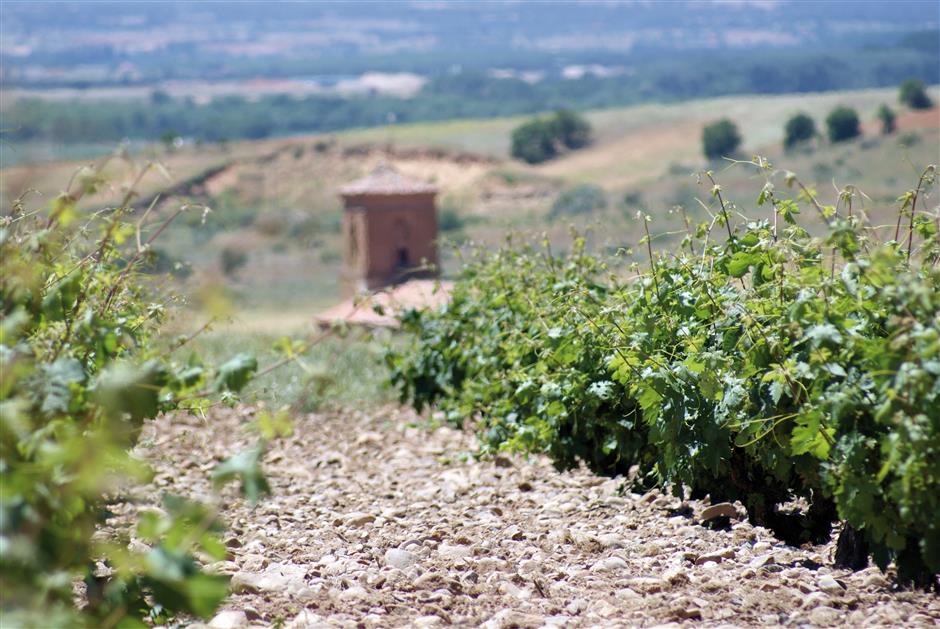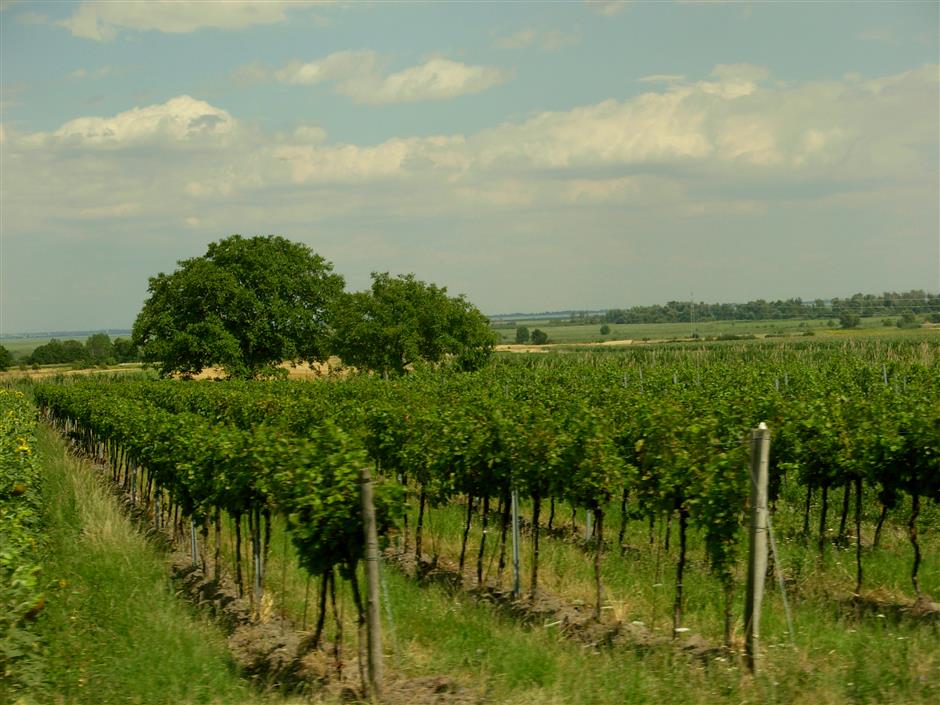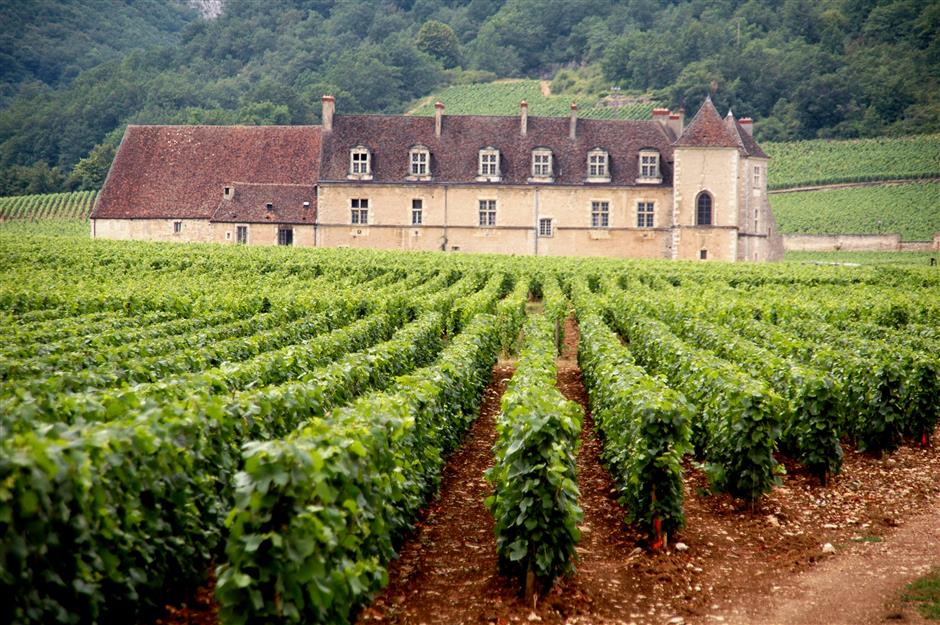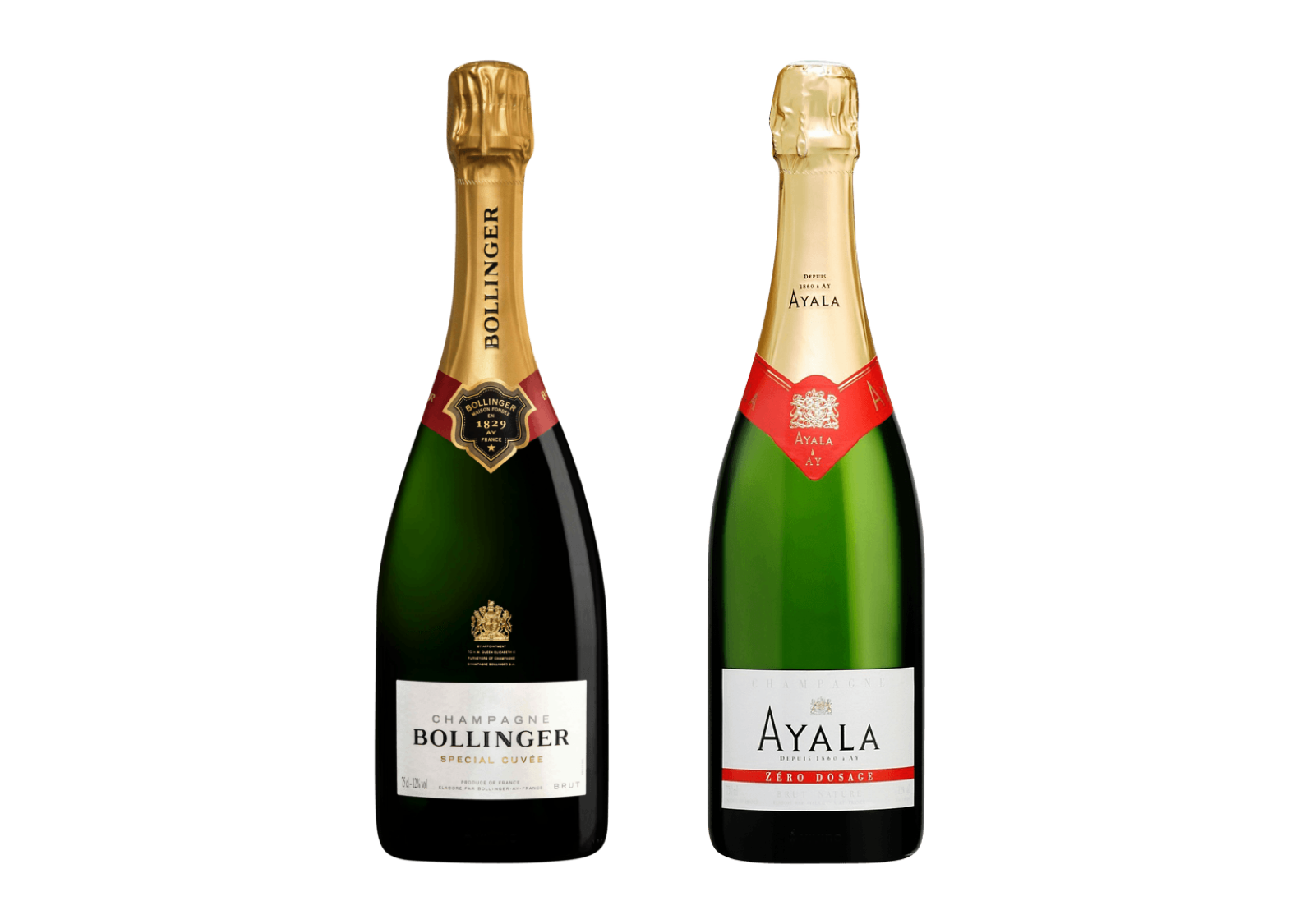Summary
Over the years I have frequently written about my love for duck properly paired with wine. Few gourmet combinations reach such delectable heights, but one even exceeds it. Goose and wine. When my connoisseur friends at Shanghai Daily informed me that this week’s iDEAL feature would be goose, specifically, Chinese masterpiece dishes like Cantonese roasted goose, I replied hallelujah! Why? Because goose is one of the world’s most uniquely delicious and texturally rich meats that when paired with synergistic wines offers one of life’s perfect gastronomic experiences.
Antediluvian people captured wild geese and roasted them over open fires. Then about 5,000 years ago the early nascent cultures of the Near East domesticated geese, a practice that quickly spread throughout Asia and the Mediterranean cultures.
Roasted and boiled goose became a preferred offering on the tables of affluent Chinese, Greeks and Egyptians. These cultures also discovered the unique pleasure of goose liver.
The Romans greatly expanded the number of recipes for goose and spread them throughout Europe. Today, while far less popular than turkey and duck, goose is still a favored meat among gourmets in the southern regions of China and many parts of Europe.
Goose also happens to be one of the healthiest meats with an abundance of heart-benefiting monounsaturated fats which can lower cholesterol and fat-soluble vitamins A, D, E and K as well as beneficial oleic acid. Goose fat has the lowest melting point in the animal kingdom making it easily digestible. In short, goose is a super food.
Within walking distance to my Shanghai office is a Cantonese restaurant that specializes in roasted goose. I dine there several times each month and always order the goose. I also never forget to bring a bottle of wine to enjoy with my goose. The savory and slightly fatty qualities of Cantonese roasted goose beg for a suitable wine. Honoring my German ancestors, I sometimes bring a rich Riesling but more often I’ll pair a fairly hearty red wine with the goose. Top of my goose-friendly wine list is a relatively new star from the Iberian Peninsula.
What’s the new star red wine region of Spain? Good arguments could be made for Priorato and Bierzo but an equally good candidate would be Toro.
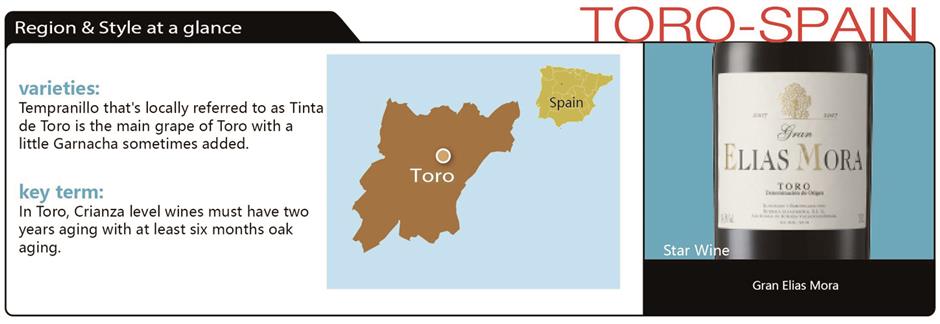
Region and style of Tempranillo at a glance.
Tucked away in the far western reaches of Castilla y León is Toro. A mere 40 kilometers from the Portuguese border, Toro is a historic, overwhelmingly rural region known for its bold red wines.
Its, approximately, 65,000 hectares extend throughout a floodplain bounded by the Río Guare?a and Río Duero, the latter a wide river responsible for nourishing most of the best wine regions in Castilla y Leon. The closest city is Zamora, famous for Romanesque architecture including the spectacular San Salvador cathedral.
Tempranillo, locally referred to as Tinto de Toro, has been cultivated since the 11th century Christian Reconquista period, when an influx of bishops, priests, scholars and members of the royal family created a sophisticated market for fine wines. The Toro DO was created in 1987 with just four wineries, but the rave reviews for the region’s bold red wines have led to new investment and explosive growth.
The Tempranillo grapes in Toro that locals claim is the smallest of its kind in Spain ripen quite early and have thick-skins and potent juices. This results in robust and heady wines noted for their color, strength and ripe sometimes even jammy fruit flavors.
Vineyards are mostly situated at altitude of 600 to 750 meters and the soils are comprised of a mix of clay, sand and calcareous soils. Summer days are long, hot and dry but evenings are cooler and vines are able to tap into the moisture trapped deep in these clay soils. Therefore, it’s no surprise that most of the best wines are made from old vines with deeper roots.
The majority of Toro’s best red wines are 100 percent Tinto de Toro, although wines with just 75 percent of the variety can still qualify for DO status.
Other permitted varieties include Garnacha and Cabernet Sauvignon, although only Garnacha is permitted to accompany the Tinto de Toro in DO-designated wines. While a small amount of white wine is made from varieties of Malvasía and Verdejo, this is a red wine country where the Tempranillo variety reaches its apex strength.
As in many other Spanish wine regions, the styles of red Toro wines are organized according to aging time. These style in ascending order are: Roble, 6 months aging, Crianza, 2 years aging with minimum 6 months in oak, Reserva, 3 years aging with minimum 1 year in oak and Gran Reserva having 5 years aging with minimum 2 years in oak.
Despite being the world’s second largest red wine market, China is just beginning to discover Toro wines.
Rioja and Ribera del Duero are better known and represented in the market. I’m confident that the great affinity that Toro wine have for Cantonese roasted goose and many other Chinese meat dishes will change this.
Shanghai consumers have a rather limited selection but fortunately the wines from some of the best producers can be found here.
One of my favorites is Elias Mora that’s run by the multi-talented Victoria Benavides. Other recommended producers with wines available in Shanghai are Pinta, owned by Vega Sicilia, Campo Eliseo, a venture between Michel Rolland and Francois Lurton, Tesco la Monja, Liberalia and Mauro.
Where to buy in Shanghai
Anteroom
1222 Changle Rd, 5237-9719
Elias Mora Roble Toro DO
Elias Mora Crianza Toro DOElias Mora Reserva Toro DO
Elias Mora Gran Reserva Toro DO
Pudao Wines
376 Wukang Rd, 6090-7075
Tesco la Monja Alabaster Toro DO


